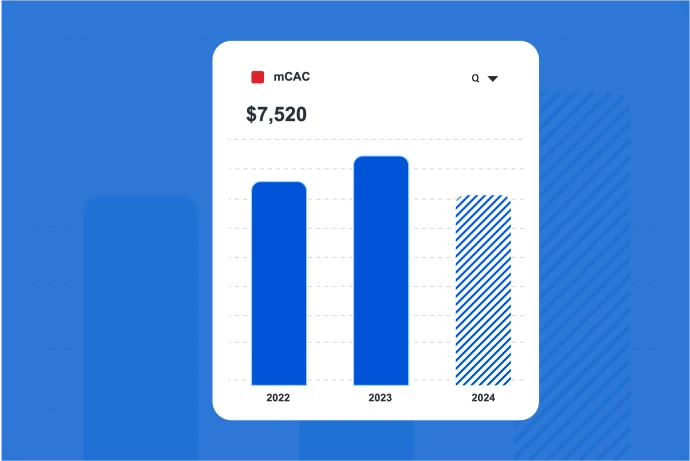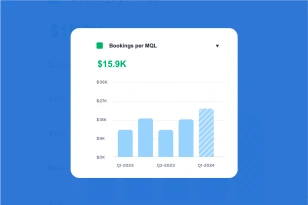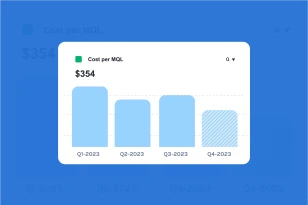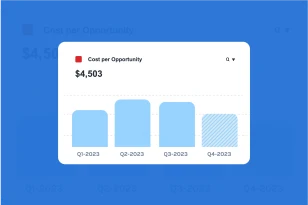What is mCAC ?
mCAC, or Marketing Customer Acquisition Cost, is a critical marketing metric that measures the total cost incurred by a business to acquire a new customer through its marketing efforts. It focuses specifically on the expenses associated with marketing activities aimed at bringing in new customers, including advertising, campaigns, content creation, and lead generation.
Why is it important to monitor mCAC?
Monitoring mCAC is of paramount importance for marketing teams and businesses as it provides a clear understanding of the cost-effectiveness of marketing strategies in acquiring new customers. It helps companies assess the efficiency of their marketing investments and their ability to generate revenue. By tracking mCAC, organizations can make informed decisions about budget allocation, campaign optimization, and overall marketing strategy.
How do you calculate mCAC?
To calculate mCAC, you need to sum up all the costs directly related to customer acquisition through marketing activities within a specific period. This includes advertising spend, content creation costs, marketing technology expenses, and any other marketing-related costs. The formula for calculating mCAC is as follows:
mCAC Formula
Total Marketing Costs / Number of New Customers Acquired
How can I improve mCAC?
- Targeted Marketing: Focus your marketing efforts on your ideal customer profile and tailor your campaigns to resonate with this specific audience. This can reduce the cost of acquiring customers who are a better fit for your business.
- Channel Optimization: Continuously assess the performance of different marketing channels and allocate resources to the most cost-effective ones, improving the return on investment.
- Conversion Rate Optimization: Enhance the conversion rates on your website and landing pages to generate more customers with the same marketing budget.
- Lead Nurturing: Implement lead nurturing strategies to engage and educate leads, gradually guiding them toward becoming paying customers.
- A/B Testing: Experiment with various elements in your marketing campaigns, such as ad copy, design, and messaging, to determine what resonates best with your target audience and drives better results.
By closely monitoring and optimizing mCAC, businesses can reduce customer acquisition costs, improve the overall cost-effectiveness of marketing efforts, and drive better returns on marketing investments.





